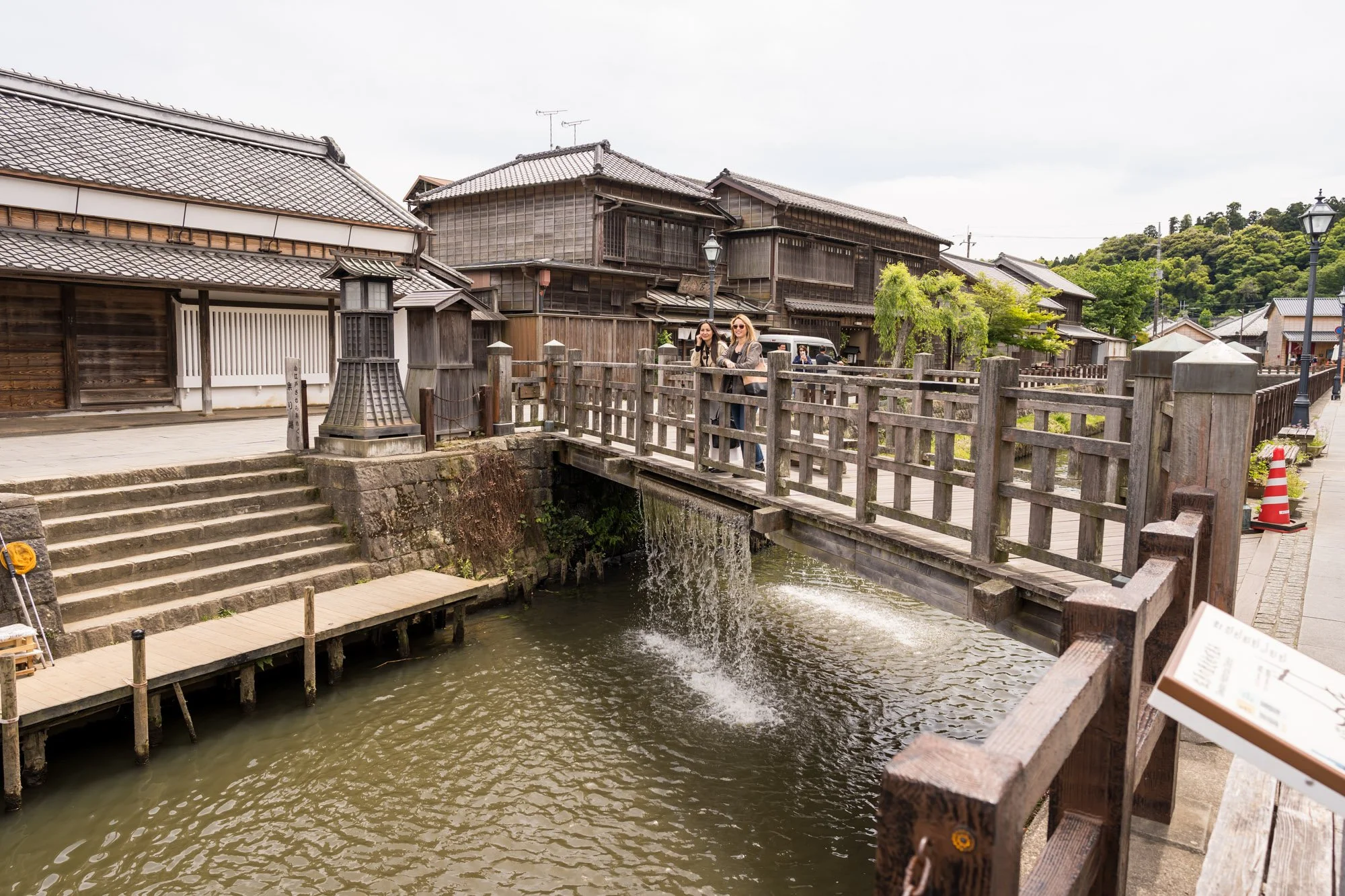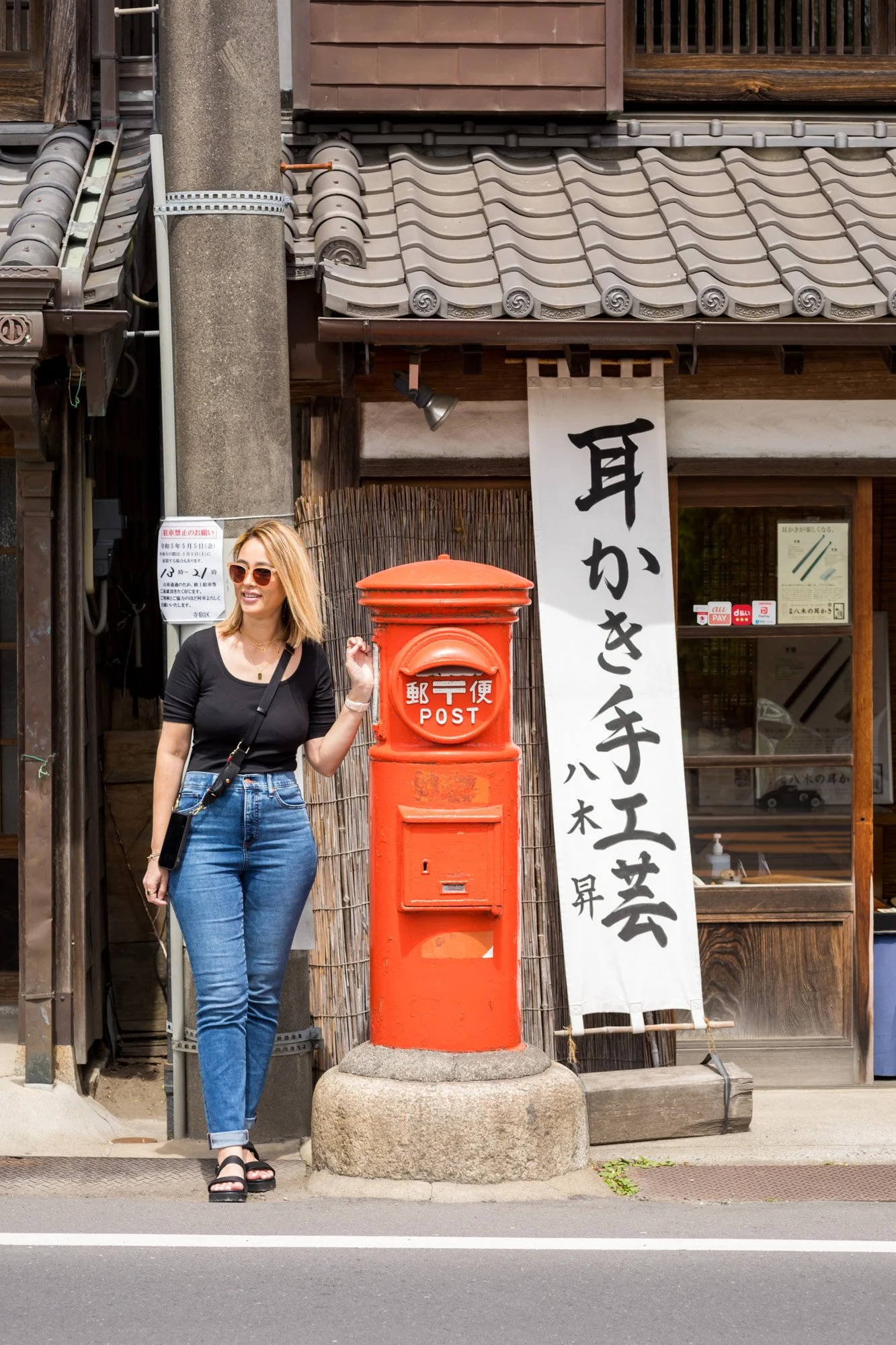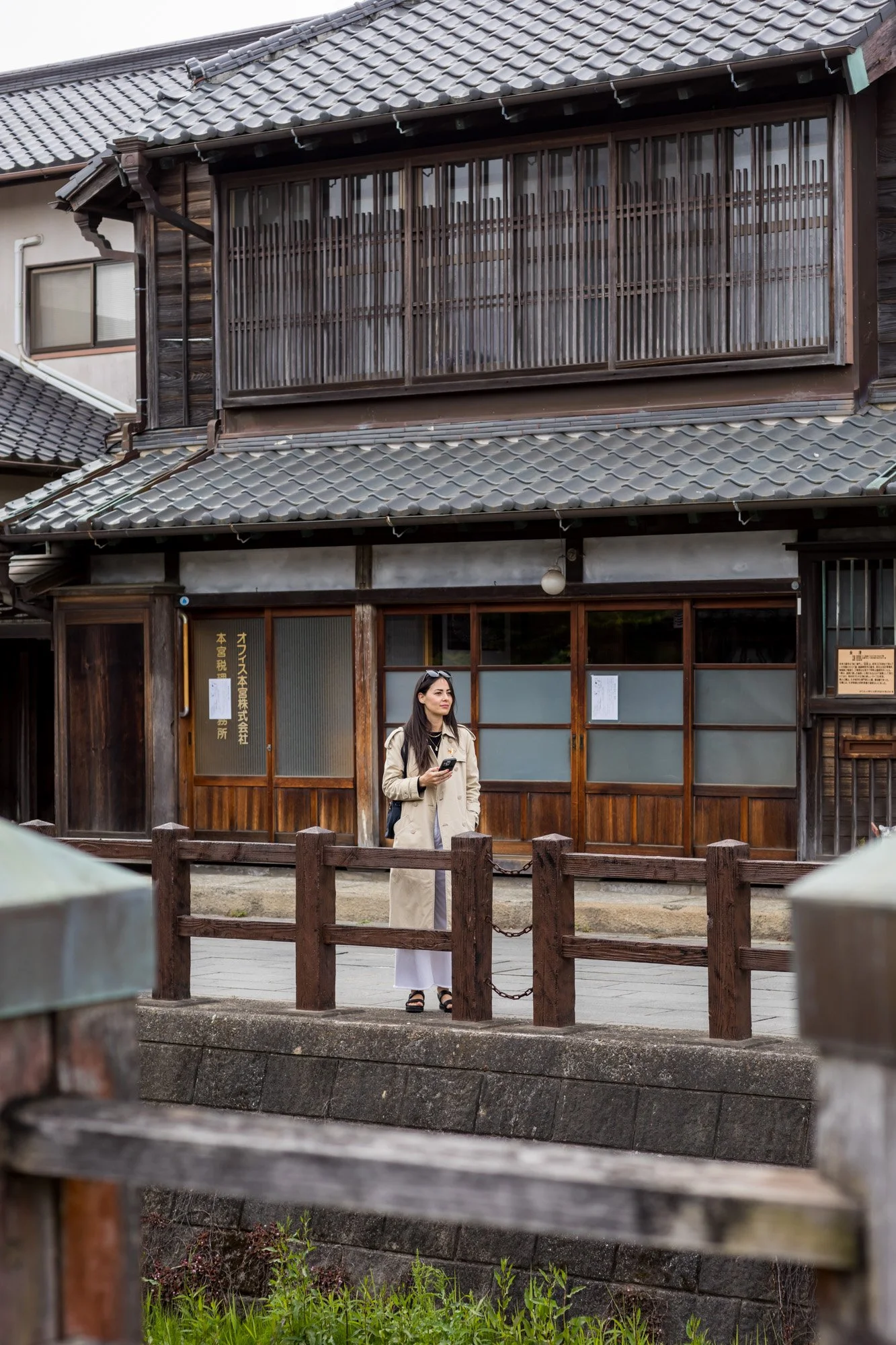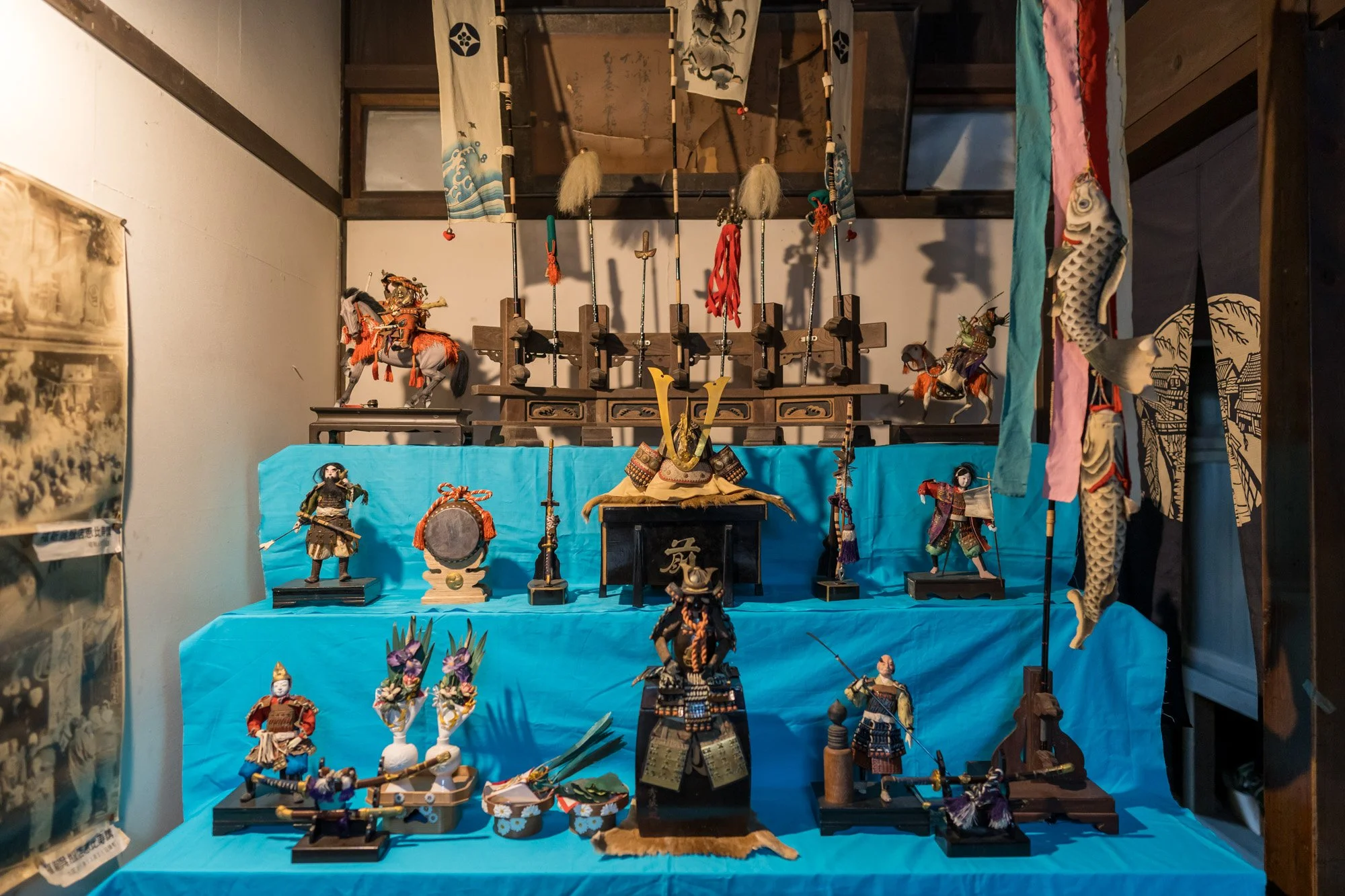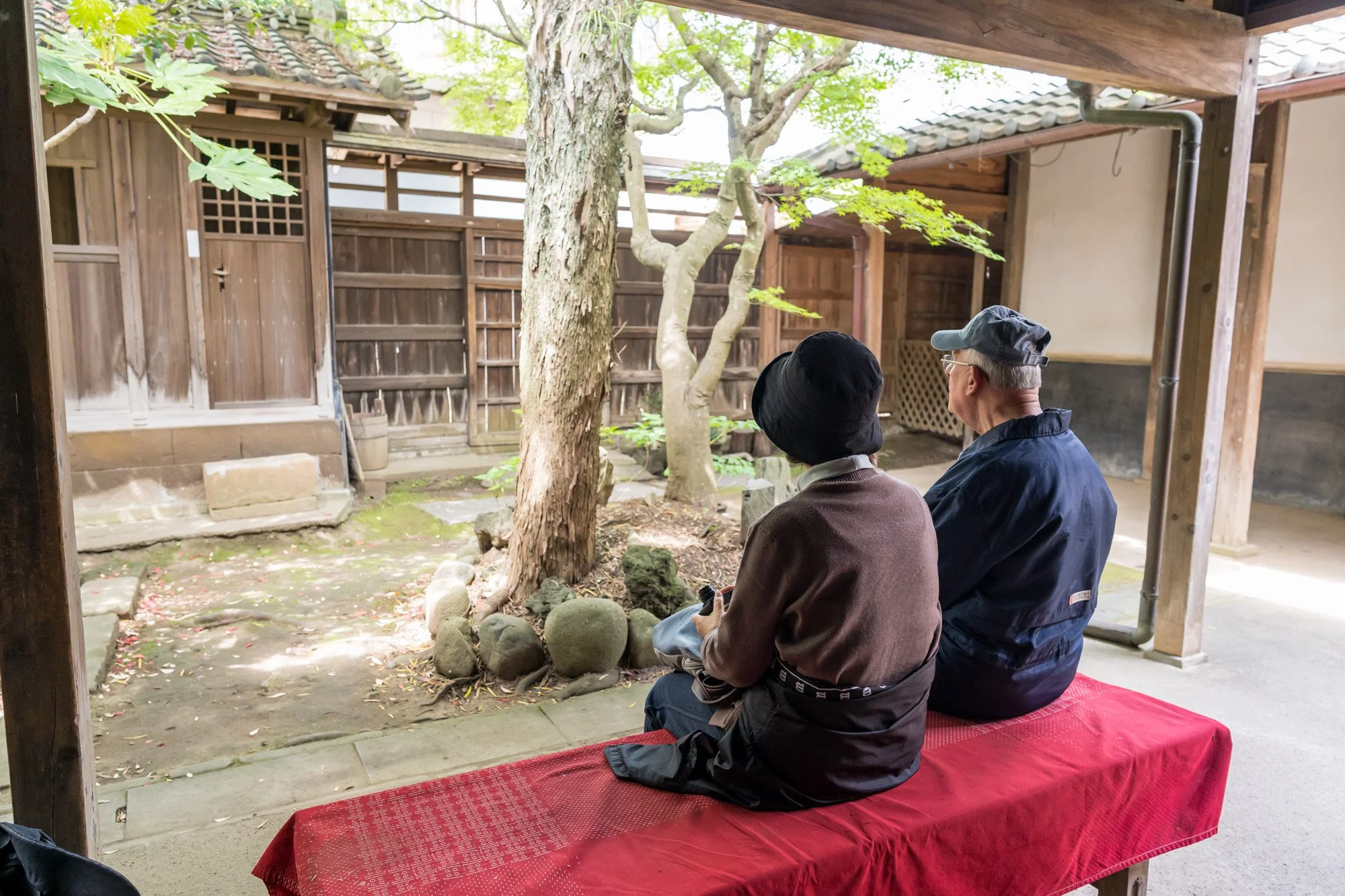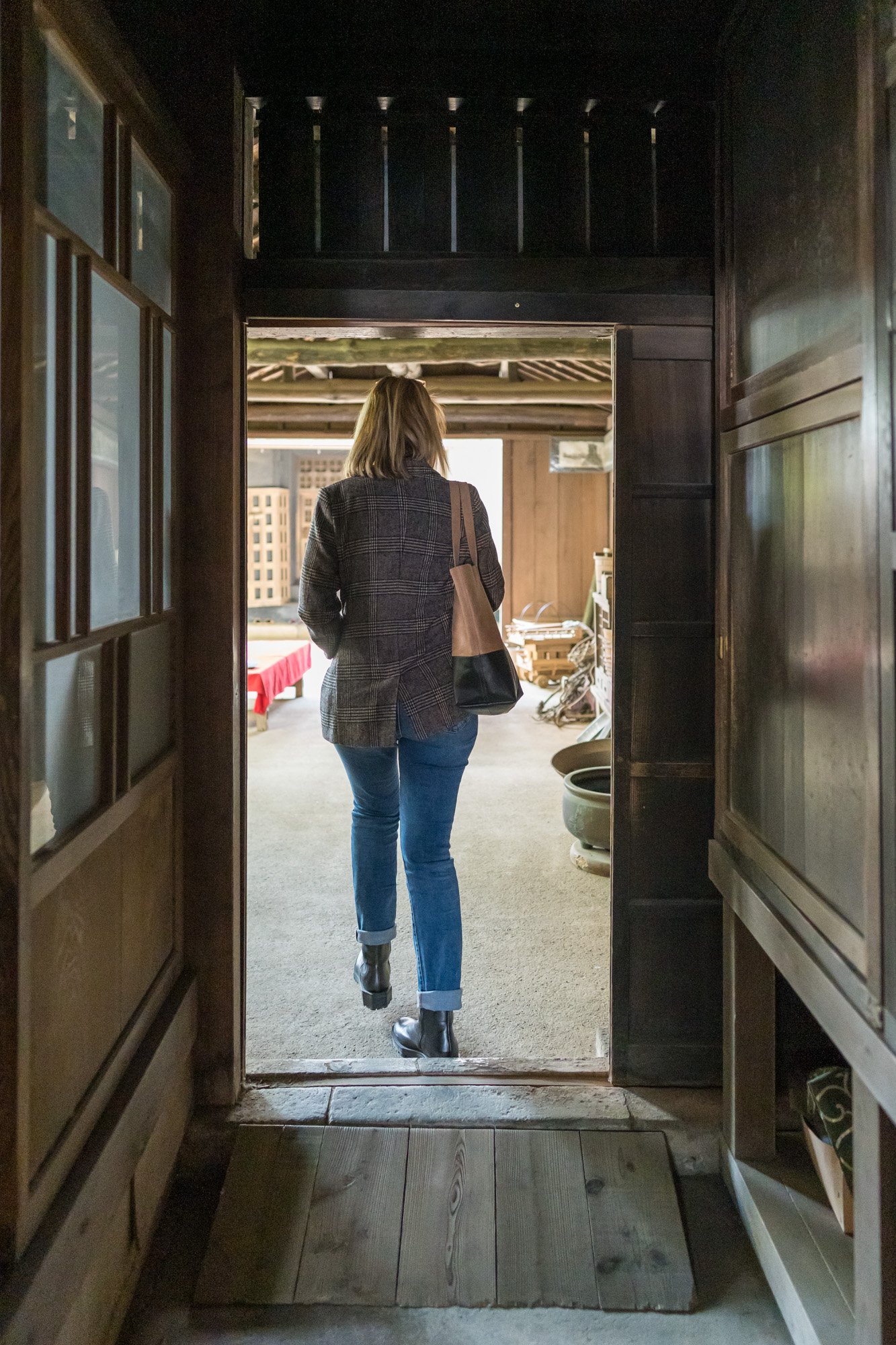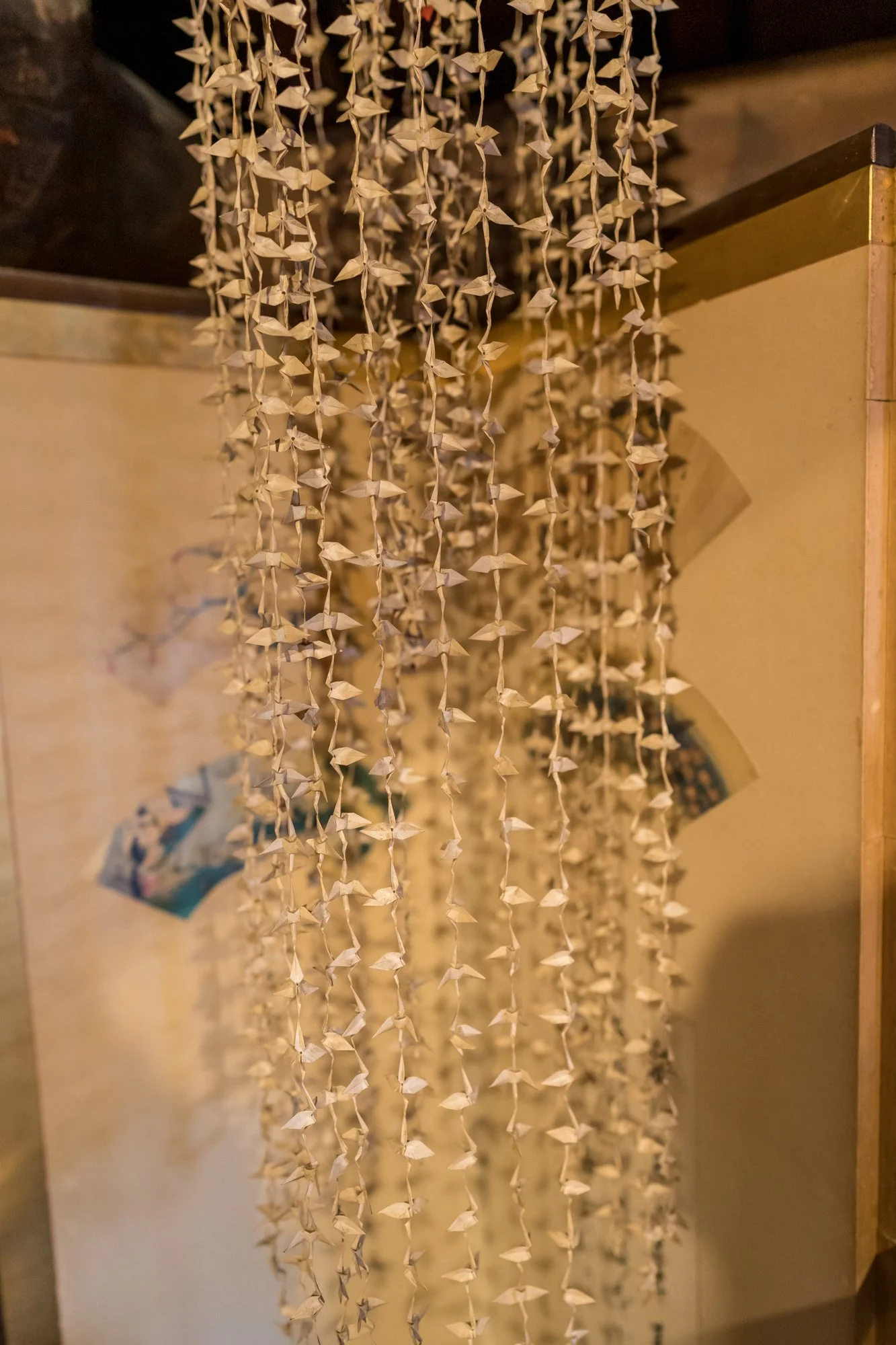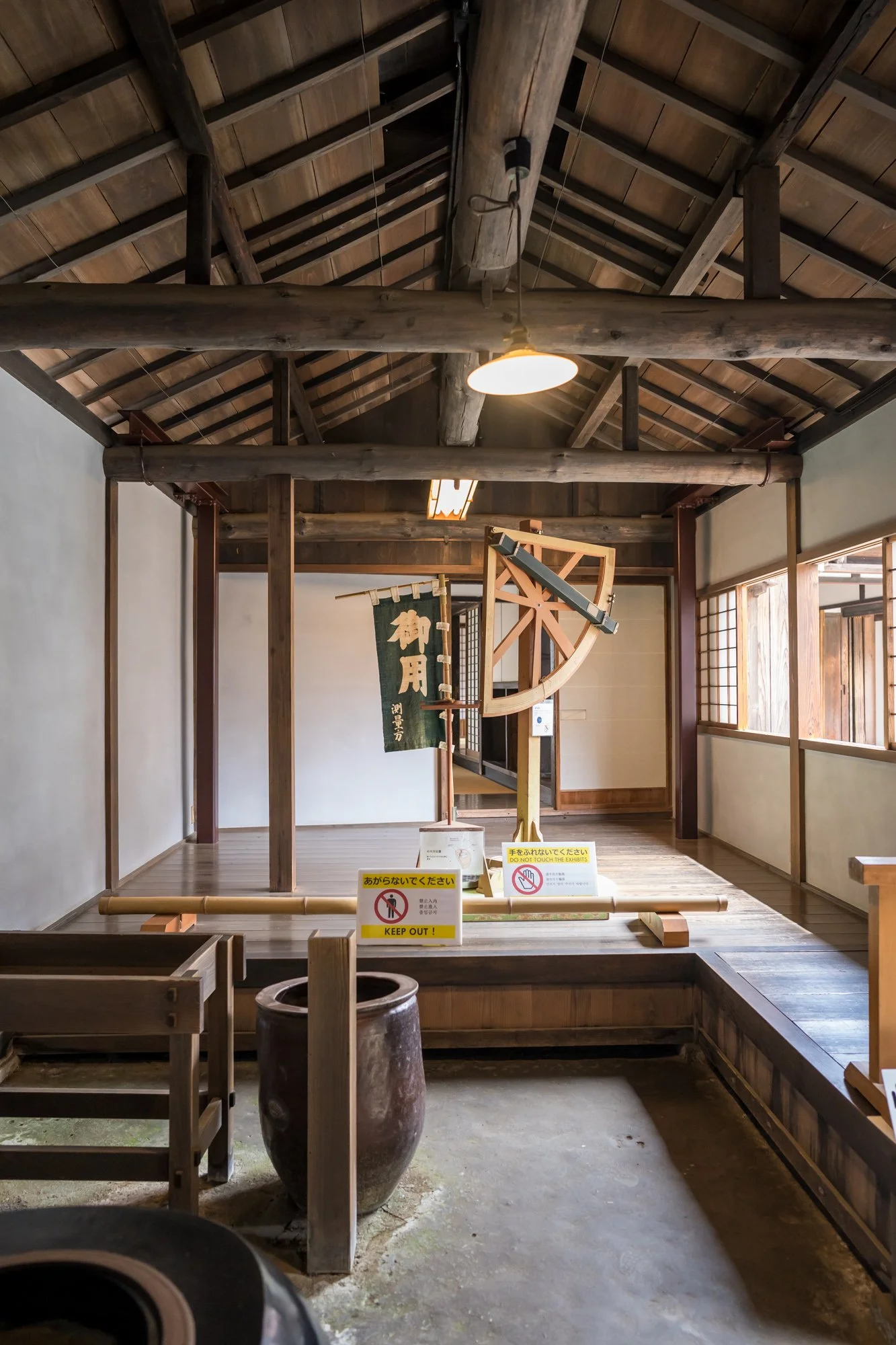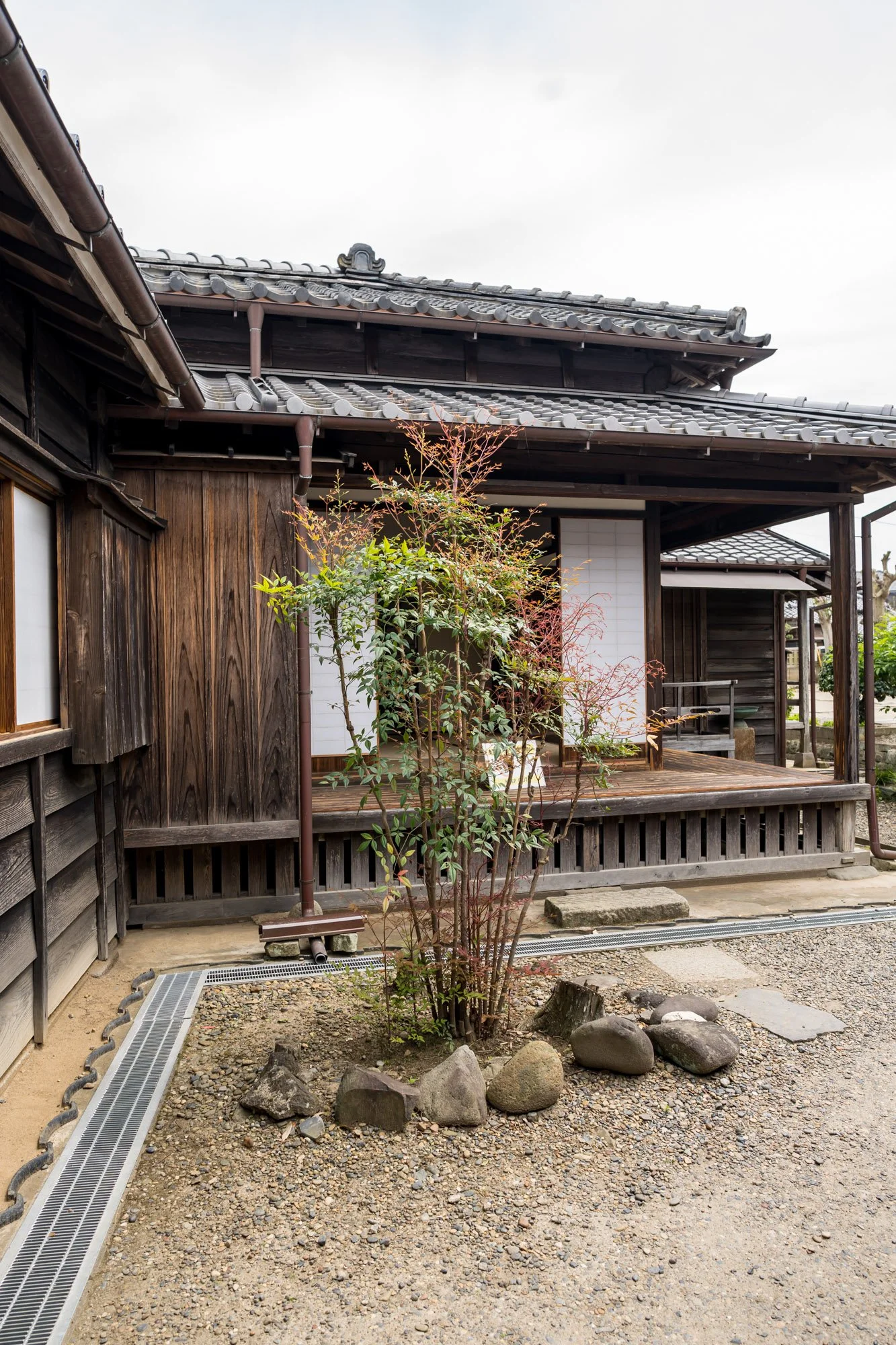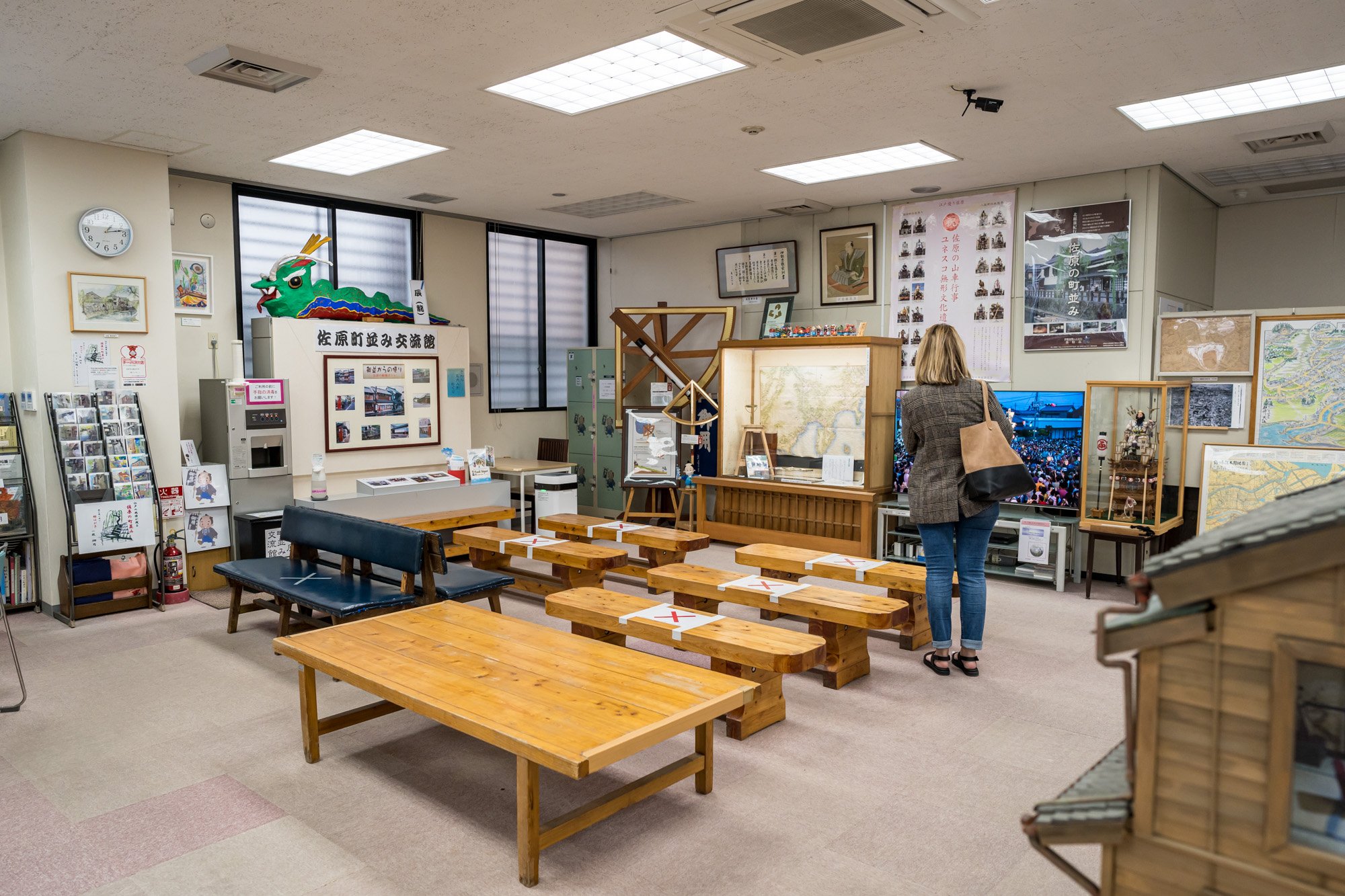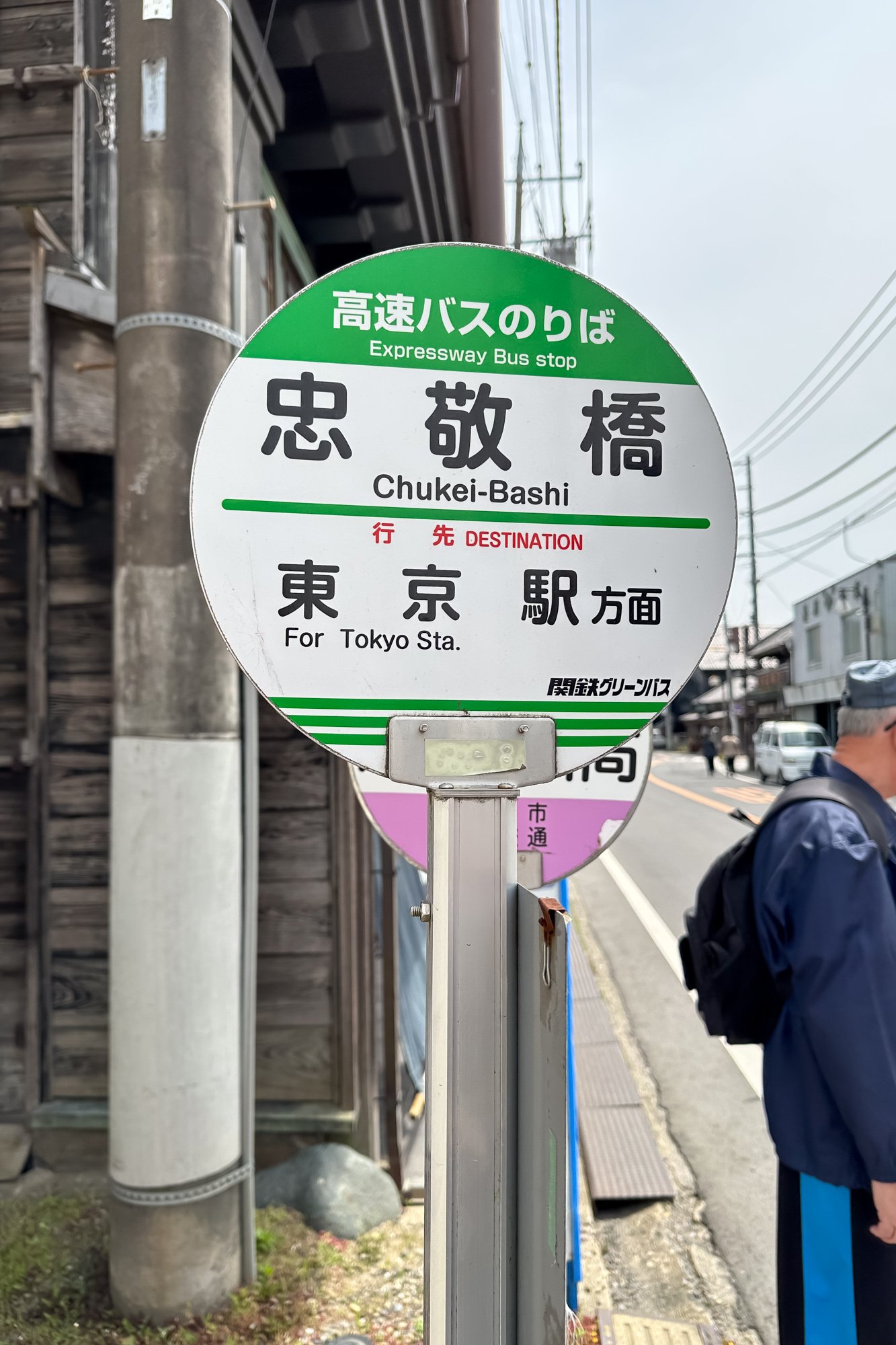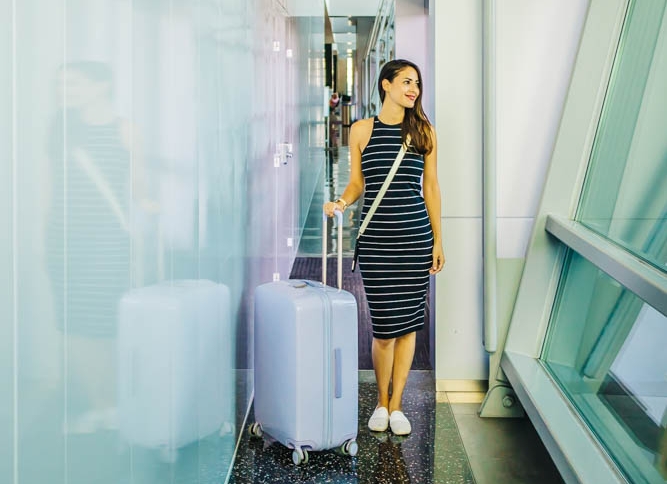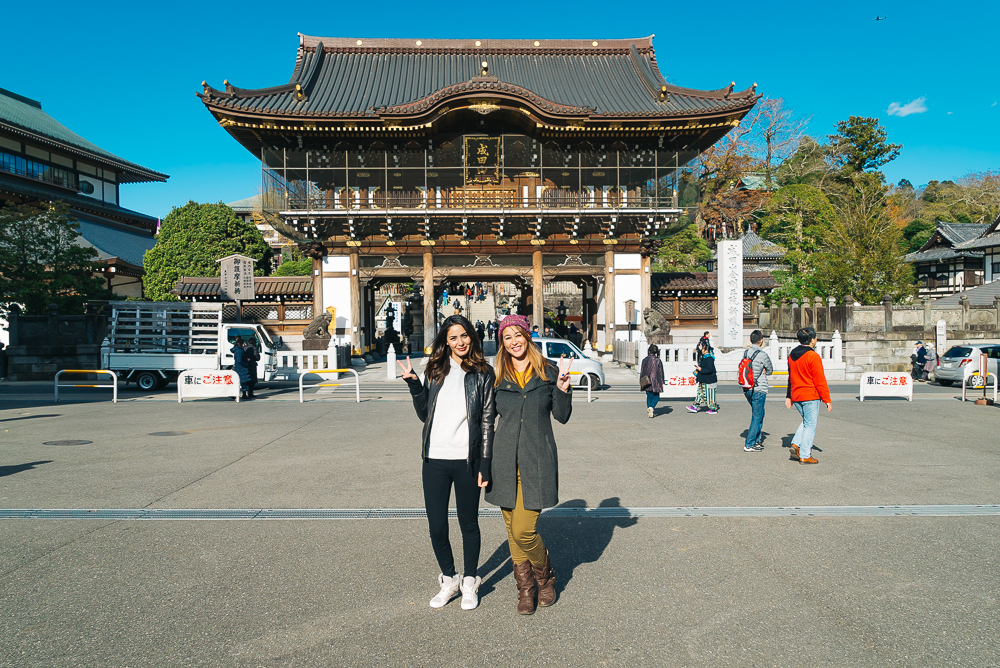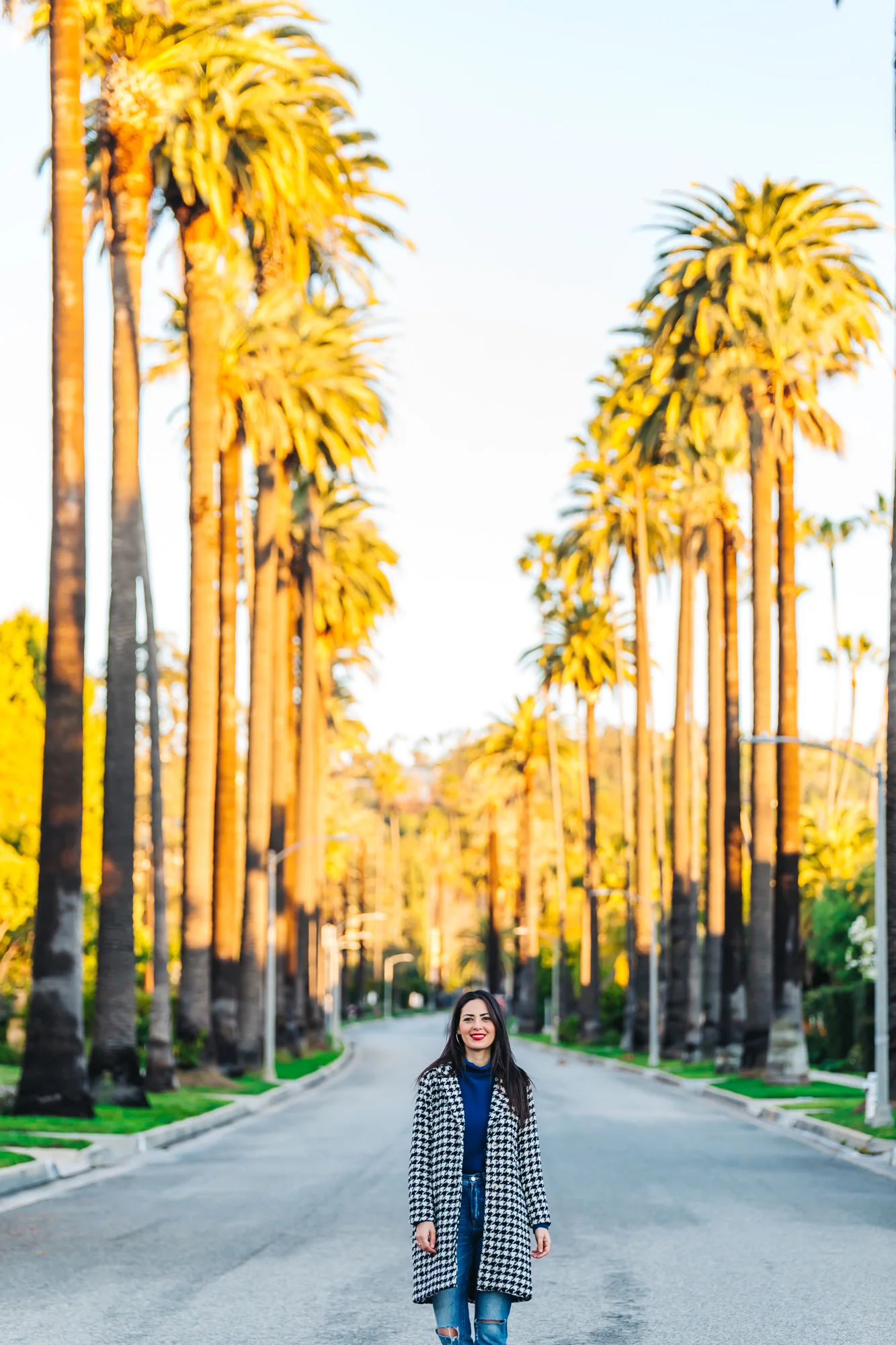Sawara Tour - Historic Little Edo Town Near Narita, Japan
/This post contains affiliate links, which means that at no additional cost to you if you click on one of the product links, we may earn a commission. As Amazon Associates, we earn from qualifying purchases.
Sawara is a historic Edo Town located near Narita in Japan. The Edo period was from 1603-1868 and this was a prosperous and peaceful time in Japan when the arts especially flourished.
Sawara is a merchant town that offers a glimpse into the Edo period with its well-preserved streets, traditional architecture, and cultural heritage. The town is centered around the Ono River and many merchant homes have continued to pass on the family business for generations.
Sawara’s Ja Ja Bridge (Toyo Bridge)
We visited on a Monday and didn’t realize that many of the shops were closed on Monday, but there were still plenty of things to explore.
Stroll Through The Streets
Take a leisurely walk along the historic streets of Sawara and immerse yourself in the ambiance of the Edo Period. Since many of the shops were closed, it almost felt like we had the entire place to ourselves.
Old Japanese Post Box
Standing in front of a historic building in Sawara
It was quiet and the town’s traditional buildings, canals, and stone bridges created a fantastic picturesque setting. We also enjoyed the town’s Ja Ja Bridge (Toyo Bridge) which featured a waterfall every half hour for five minutes.
Visit Trational Merchant Houses
We mentioned earlier that many of the shops were closed, but there were still a handful that were open. We were surprised at how well-preserved the merchant houses were, but even more surprised at how low the ceilings and door entrances were.
With mom enjoying the views in Sawara
It’s believed that the average height for a man during the Edo period was just under 160 cm (5.2”) tall and we’re both 5’9” so we had to watch our heads whenever we entered a different room.
Fukushin - 福新呉服店
Some of the houses were converted into a combination of a shop and a museum. The first shop we walked into was right across the street from the Sawara parking lot called Fukushin.
Fukushin Storefront in Sawara
The shop was originally a kimono shop and is currently a clothing shop, but what makes this shop interesting is that the building is nationally registered by Chiba Prefecture as a Tangible Cultural Property.
Japanese Geta for Sale at Fukushin
In the back of the store, it is like a historical museum where there are everyday items and crafts on display. We were amazed at how well-preserved the old-fashioned accounting book (daifukucho 大福帳) was and the thickness of it. Since we were visiting during Golden Week, the shop showcased various dolls and a samurai helmet.
DAIFUKUCHO (Old-fashioned Account Book) and soroban
Various dolls and a samurai helmet Displayed
Further in the back is a courtyard with a Meiji-period outhouse and an earthen storage house. It’s a tiny space, but the atmosphere was very peaceful and beautiful.
Meiji Period Outhouse
hallway leading to the outhouse
Outdoor space in the back of the shop
Nakamuraya Store - 中村屋商店
The next store we visited was the Nakamuraya Store, which is another building that is recognized by the Chiba Prefecture Tangible Cultural Properties. It was surprisingly pet friendly and had three floors. On the first floor was a small gift shop to the left and to the right was a cafe.
Chiba Prefecture Tangible Cultural Properties Sign
The cafe was closed, but they apparently serve an eye-catching Mont Blanc (a dessert of sweetened chestnut purée in the form of vermicelli) with crisply thin potato chips.
Crystal taking pics of the paper crane displays
We definitely wanted to check out the second and third floors since their sign outside recommended viewing their unusual display of paper cranes. It can be a bit of a challenge to climb the stairs because the interior design back then was very different from today.
Gift Shop on the first floor
Adorabale 5 Finger Socks
The space was narrow, and the stairs were very steep with very little headroom. Our dad almost passed on going up, but we convinced him that it was worth the struggle.
String of Paper Cranes
walking up the steep and narrow staircase
The second floor had various merchandise like Japanese-style sandals, tote bags, and handheld fans. The third floor had an exhibit with interesting displays of paper cranes. It was dozens of paper cranes folded out of one single piece of paper.
Take a Boat Ride on the Ono River
Crystal went on the boat ride with Mom and I sat this one out since I’m prone to motion sickness. The boat ride almost didn’t happen this day because the water levels were too low, but after waiting a little over an hour, the water finally rose.
Ono River Sawara
Our Tour Guide
Crystal purchasing tickets for the boat ride
This boat ride is a great way to view the historic district through the willow trees as people did during the Edo period. The boat tour offers a unique perspective of the town and runs for about 30 minutes; however, the tour is only offered in Japanese.
If you are able to understand Japanese, the tour guide gives some interesting tidbits about the town and answers any other questions you may have.
Heading down Ono RIver on a Boat Tour
Willow Trees along Ono River
Try Local Cuisine
We had a Sawara Guide Map that featured a handful of places to eat like sushi and Italian, but we wanted something more local and found a mom-and-pop restaurant called Hanayoshi. Right before we were seated, some locals had just finished their meals and were commenting on how it was their favorite spot for lunch.
Hanayoshi Storefront
Tatami Seating Room
The menu had a variety of a la carte entrees from ramen (700 yen) to stir-fried vegetables (700 yen). We ordered a variety of dishes that were all very reasonably priced. We were also happy to be dining in a tatami/zashiki-style room. Zashiki seating is typically found in more traditional Japanese restaurants, izakaya, and kaiseki restaurants.
Veggie Stir Fry
Hanayoshi Ramen
Afterward, if you have room for dessert we recommend stopping by Netaimo where they serve all things sweet potato like an Imopuccino. It’s a local specialty that can only be found in Sawara.
If you want to try traditional Japanese desserts, definitely check out Inae. This cafe serves dishes like anmitsu (small cubes of agar jelly served with sweet red bean paste) and wasanbon sudachi shaved ice.
View of a cafe in the distance in sawara
Inoh Tadataka’s Former Residence
When Crystal was enjoying the boat ride, I went to check out Inoh Tadataka’s residence, since it was located right in front of the boarding dock for the boat tour. Tadataka was a surveyor and cartographer who drew the first complete and accurate map of Japan during the Edo period.
At the age of 55, he surveyed Japan by walking a distance equivalent to circling the world one time. His residence is designated as a Historic Site and it is where he spent over 30 years of his life.
Inoh Tadataka’s Former Residence Entrance
Instruments on Display
Tadataka’s Yard
His residence consisted of several buildings and I walked through various rooms which are furnished and decorated in a manner that reflects the lifestyle of the time. The furnishings were minimal and the gardens were very peaceful.
Visitor’s Center
We stopped by the visitor’s center to see if they had any recommendations. The center is located on another street not far from the main area, so definitely pay attention to the roads and map because it’s easy to miss.
Sawara Visitor’s Center Seating Area
The center was quite spacious and they had several glass cases of figurines on display and several framed black and white photos of various historic buildings. There was also a little seating area where they showed a video of their famous Sawara Grand Festival.
Sawara Visitor’s Center History
Visit Local Temples and Shrines
Sawara has several historic temples and shrines, such as the Katori Jingu Shrine, which is a famous shrine in Japan. A Jingu shrine is a high-status Shinto shrine with a connection to the Imperial House of Japan (the Royal Family of Japan)
This is a fantastic shrine to visit especially during the cherry blossom season. We had it on our itinerary to explore Katori Jingu Shrine, but after our boat ride, we were pretty tired and didn’t have the energy. When we passed by the grounds, it appeared pretty large so it’s definitely a stop we’ll have to make the next time we visit.
Participate in Festivals
If your visit aligns with one of Sawara's festivals, be sure to join in the festivities. Sawara is renowned for its annual festivals and the Sawara Grand Festival is particularly popular, featuring processions of beautifully decorated floats and lively performances.
The Sawara Grand Festival takes place twice a year (July & October) and is a tradition that’s been passed down for 300 years.
Display about the Sawara Grand Festival
Visit Sawara Museum
You can gain further insights into the history and culture of Sawara at the Sawara Museum. It was closed at the time of our visit, but the museum exhibits artifacts, artworks, and historical documents, shedding light on the town's past and development.
Mom resting in front of a shop
Kimono Rental
If you want to wear a kimono and walk around Sawara, you can rent a kimono for 3,500 yen. We didn’t do this here, but we did rent a kimono when we visited Boso no Mura, which is an open air museum that is a replica of Sawara.
Boso no Mura Kimono Rental
Getting There
Sawara is about 45 minutes from Narita International Airport to JR Sawara Station by train. JR Sawara station is only a 10-minute walk from the old district. If you go there by car, there is a small dedicated parking lot (550 yen parking fee).
This parking lot actually has a small booth where they sell gelato ice cream but in super unique flavors like soy sauce and ginger.
Sawara Parking Log
Sawara Bus Stop
Sawara Parking Lot Pay Station
Final Thoughts
The combination of historic architecture, picturesque canals, and delicious food made our day trip to Sawara a memorable one. We definitely want to return on a day when more of the shops are open; especially to try some of the local treats like the Imopuccino. We also want to spend some time and explore Katori Jingu Shrine.
Sawara HIstoric Edo Town
The area is also very tourist friendly with guides and maps in English and several of the cafes provide free WiFi. The public bathrooms were also clean and easily accessible throughout the area.


